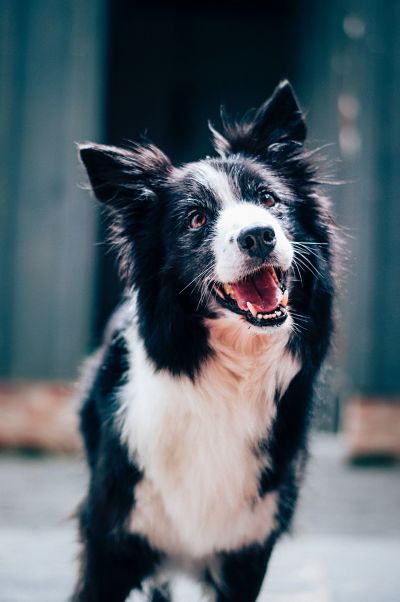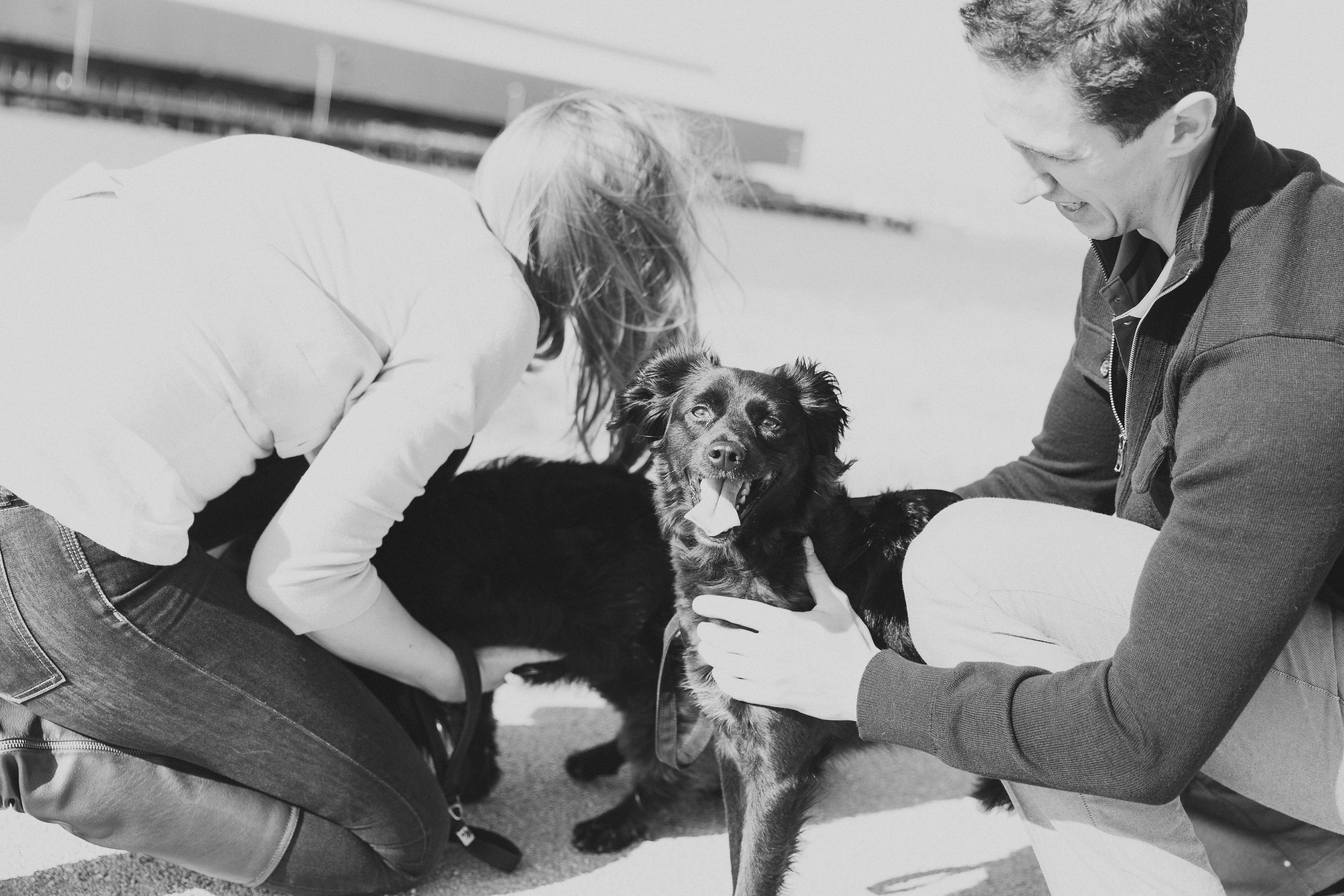Replace Toxic Plants with Safe, Local Varieties. Dogs are curious creatures who tend to occasionally gnaw on grass and flowers, yet ingesting just a small amount of toxic leaves or flowers can cause organ damage and sometimes, even death. Interestingly, some of the most toxic plants are very common; the list, compiled by the SPCA, includes lilies, African daisies, aloe, and amaryllis plants.
Replace these plants with safe alternatives such as marigolds, petunias, tiger orchids, roses or even jasmine.
Preventing the Great Escape. Dogs love walking up to the front fence and strutting around to assert their territory and to check out the people and pooches passing by. If they become bored or their curiosity is sufficiently piqued, however, they can dig a hole under the fence and escape, which is a major risk to their and (potentially) others’ safety.
Either build a stone, wooden or cement pathway between the fence and garden, or grow a thick hedge, which will serve as a barrier between your dog and the fence. Built pathways tend to work best because this way, your dog can still check out the happenings taking place beyond the fence.
“…your dog can still check out the happenings taking place beyond the fence.”
Consider Setting up a Safe Spot for Your Dog. If you like working in the garden with your dog by your side, ensure they do not fall prey to injury. The least expected oversight can result in cuts or scrapes. For instance, blades and other tools can easily become covered by leaves, possibly hurting your dog if it runs or lands over them with force. Store these away in a shed that is big enough to accommodate all your tools.
At other times, your dog can pop around when you least expect him to, while you are in the midst of an activity, such as cleaning or replacing the blade on your lawn mower, which involves everything from letting gas run out of the mower, to unplugging spark plugs and refilling the mower with gas. During these times, place your dog in a makeshift fence or even a homemade cardboard crate. Make sure they cannot surprise you while you are working on any dangerous or loud machinery. If in doubt about their safety, keep them indoors.
Opt for Dog Friendly Fertilizers and Natural Insecticides. Most fertilizers stipulate that dogs should be kept out of the garden for 24 hours after application, though dogs can quickly escape and run into the garden, inadvertently ingesting this toxic substance. Safer alternatives include compost, grass clippings, and seaweed spray. To keep insects at bay, meanwhile, fill a spray bottle with water and a few drops of citric essential oils. Trap slugs by placing empty egg cartons beneath plants, checking and disposing of them daily.
Building a truly safe garden for your dog will take many small steps. The number one priority should be the elimination of toxins. Consider the main risks (poisoning, injury, and escape) and dream up the safest, most affordable way to bring them down to zero.

Do you have a dog friendly garden? Share your tips below!
